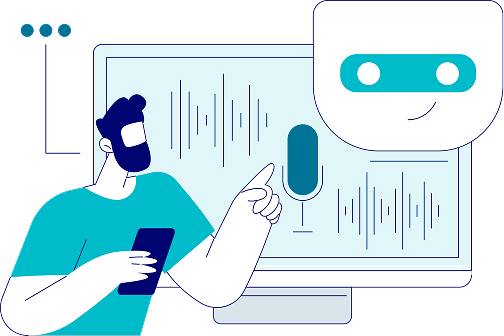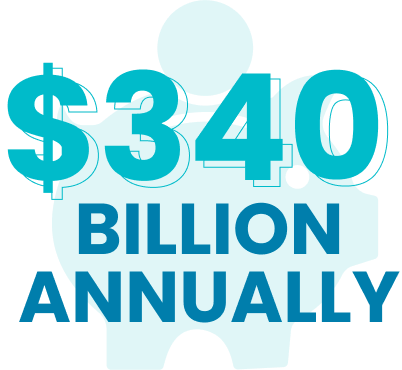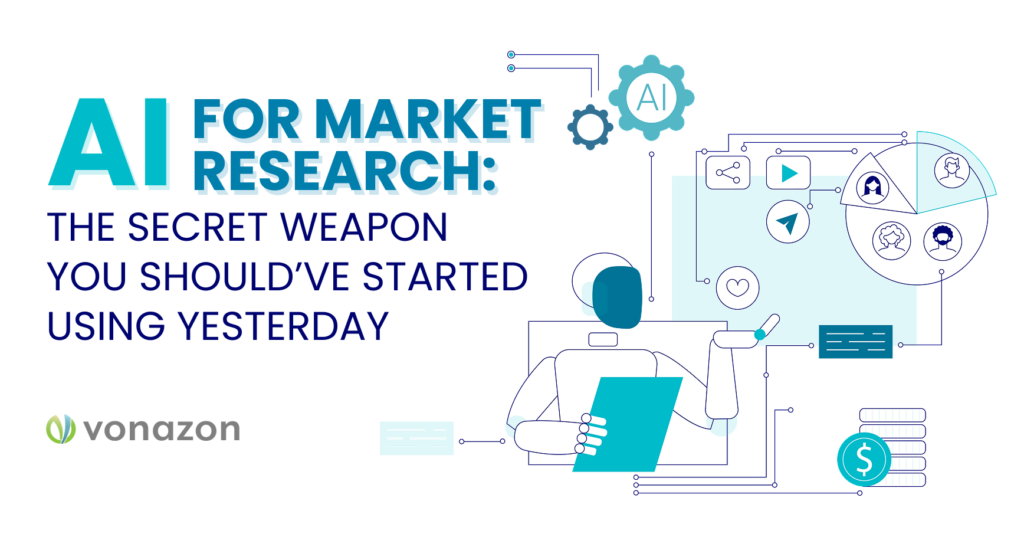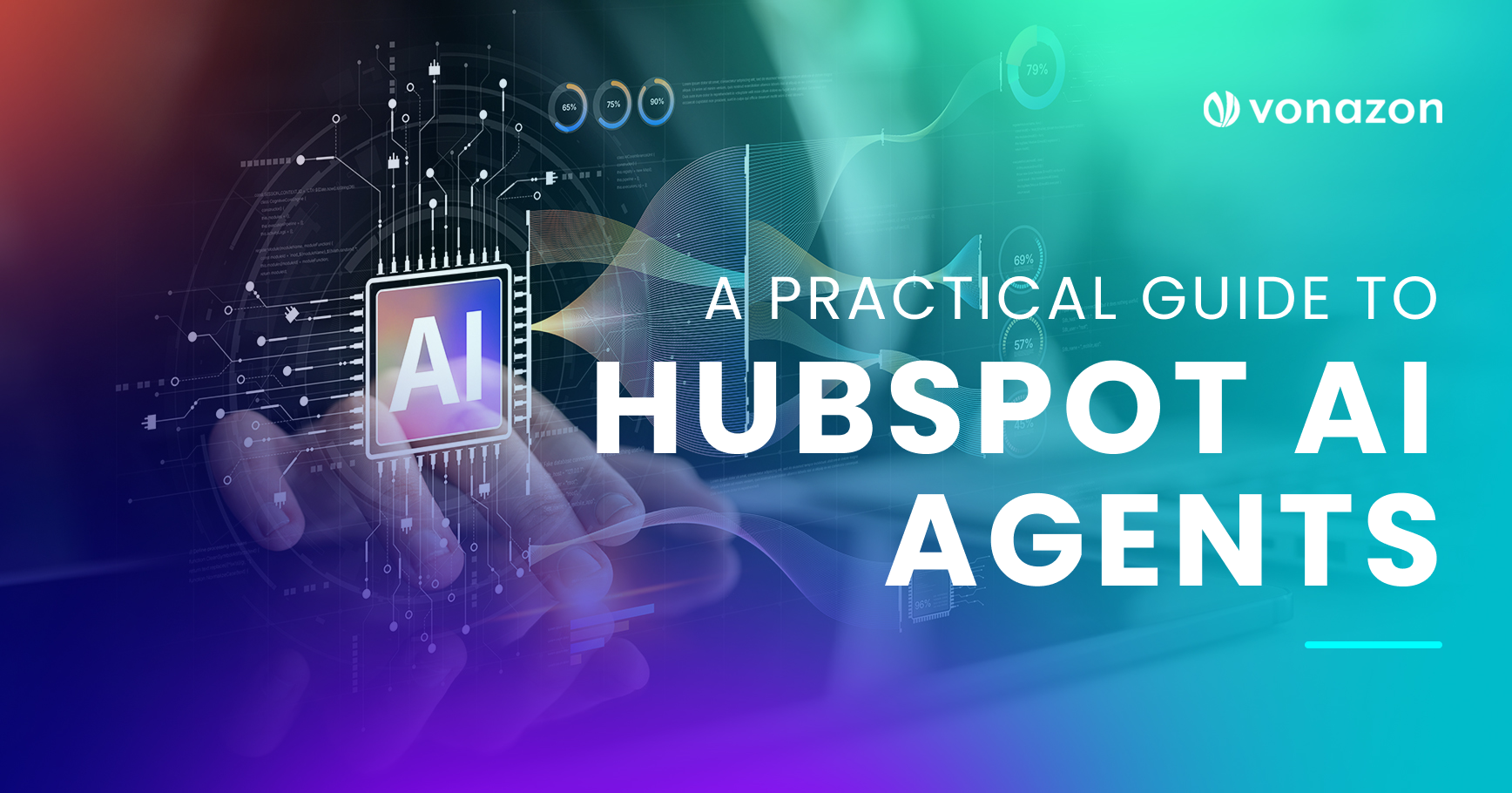AI for Market Research: The Secret Weapon You Should’ve Started Using Yesterday
Let’s be honest, traditional market research can feel a little like trying to make dinner using a recipe from 1997 and ingredients that expired two weeks ago. By the time the data rolls in, the market’s moved on, your customers’ tastes have shifted, and you’re left wondering if anyone even still cares about the thing you just spent a quarter analyzing.
Enter AI. It’s the behind-the-scenes, always-on, insight-digging assistant that’s quietly revolutionizing how brands understand people. Not demographics. Not “target personas.” Actual people – with preferences, opinions, and purchase habits that change faster than your team can schedule the next round of surveys.
This has quickly become a go-to for businesses, as 83% of companies that have adopted AI say it’s a top priority in their data strategy.
If that sounds a little intimidating, good news: it’s not. AI for market research doesn’t require a PhD or a Silicon Valley zip code. It just requires a willingness to stop clinging to the old playbook.
Let’s talk about what this looks like in real life, what AI is actually doing behind the scenes, and why it might just be your unfair advantage heading into your next strategy meeting.
Why Market Research Was Ripe for an Overhaul
Here’s the deal: most market research processes haven’t evolved much since the early 2000s. We still run long-form surveys, send out a couple emails, maybe host a focus group if we’re feeling fancy, then wait 6 to 8 weeks for a PDF full of charts and polite executive summaries.
That simply won’t cut it in 2025.
Consumer behavior is shifting constantly and often in real time. Blink, and your audience is chasing a new trend, reacting to a viral video, or demanding features no one was asking for last quarter. By the time traditional research gives you “insights,” they’re already outdated.
AI fixes that.

Instead of taking months, AI-powered research happens in days, or even hours. It collects data, it interprets it, spots patterns, and starts predicting where things are heading next.
What AI in Market Research is Actually Doing
Let’s break down a few ways AI shows up in market research, why it’s more than just automating the boring stuff and how companies utilizing AI-powered insights experiencing 2.5x higher revenue growth.


It Reads Between the Lines
AI-powered Natural Language Processing (NLP) goes beyond just scaning for keywords. It analyzes sentiment, emotion, and context. That means when someone leaves a comment like, “I guess it works, but the customer service was… something,” AI doesn’t mark that as a positive review. It knows there’s hesitancy, maybe even sarcasm, and it flags it for you to explore.
It Predicts What People Will Do Next
Predictive analytics is where AI starts to feel like magic. It learns from past behaviors (yours, your audience’s, your competitors’) and builds models that help you see what’s coming. Maybe it notices that customers who complain about pricing often churn within a month. Maybe it spots a trend that people in your target audience are shifting preferences just before your next product launch.
The bottom line? You stop guessing and start forecasting.


It Watches and Listens
When you host sessions such as video focus groups, social media live streams, or recorded interviews, AI can analyze voice tone, facial expressions, and even how long someone hesitates before answering a question. That’s the kind of qualitative insight that used to take a trained psychologist and a lot of note-taking. Now AI handles it in real time.
This Isn’t Just for the Fortune 500
Sure, big companies were the first to jump in. P&G, Unilever, and Netflix all use AI to analyze consumer feedback in real time, monitor competitors, and even shape the content they create or the products they launch.
But here’s the exciting shift: you don’t need their budget anymore to play in this space. In fact this is actually helping companies not break the bank, as AI is expected to save businesses $340 billion annually by 2026 through more efficient research and automation.

Today’s AI research tools are scalable, affordable, and often baked into platforms you’re already using, such as:
You can easily monitor brand perception across social, run surveys that analyze themselves, or get a read on competitor sentiment.
What About the Human Side?
AI can synthesize data like a champ, but strategy still needs a heartbeat.
You know your brand’s voice, your audience’s quirks, and the nuances that no algorithm can fully replicate. AI won’t replace you, instead it will make you faster, sharper, and more informed.
It’s also important to gut-check what AI tells you. Not every pattern it finds is worth acting on. Bias still exists in datasets. Ethics still matter. And sometimes a bad review is just… a bad day.
Think of AI like a superpower, not a substitute. You still need to drive, it just gives you a better map.
Where Do You Start?
If you’re not using AI for market research yet, here’s a low-stress entry point:
Start Listening Smarter
Use AI-enabled tools to scan customer feedback, reviews, and social conversations. Get a feel for what people are saying when you’re not in the room.
Upgrade Your Surveys
Try platforms that use AI to analyze open-ended responses for trends and emotional tone. You’ll get richer insights without having to manually code a single response.
Track the Competition
Competitive intelligence tools with AI can help you see how you stack up, where your rivals are gaining traction, and what gaps you might fill.
You don’t need to overhaul your entire research process overnight. Just start with one layer, test it, and build from there.
Insight Moves Fast, You Should Too
Markets move. Preferences evolve. Trends catch fire (and fizzle out) in the time it takes to finish your morning coffee. If you’re still relying on quarterly reports and one-off surveys, you’re reacting to the past while your competition is already shaping the future.
AI for market research is a clear shift from reactive to proactive. From “what happened” to “what’s next.” And the best part? You don’t have to be a tech wizard to get started. You just have to be curious enough to ask better question, and open to letting machines help you answer them.

Need help figuring out where AI fits in your market research process? That’s what we’re here for. At Vonazon, we help brands connect the dots between AI insights and human action so you can stop guessing and start knowing. Contact us today and let’s get started.









